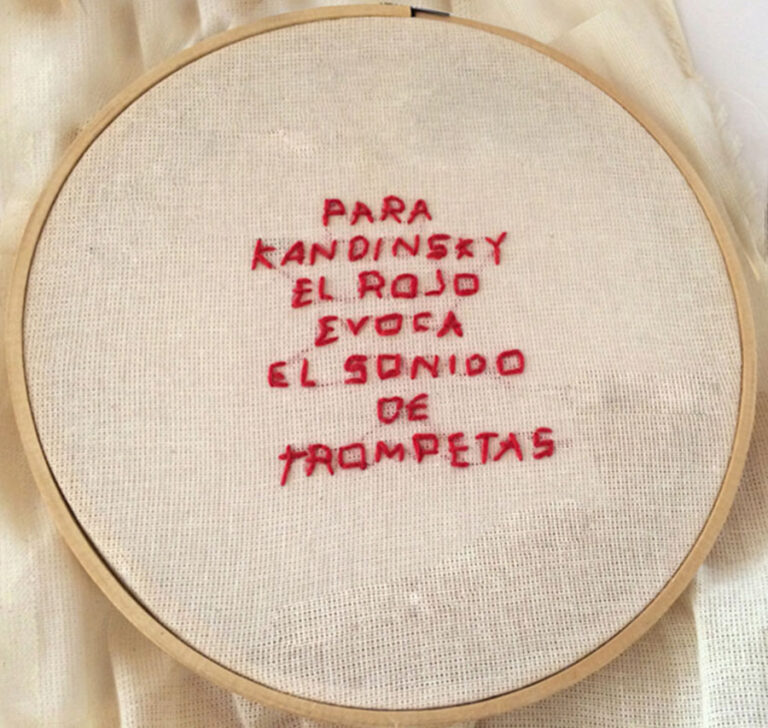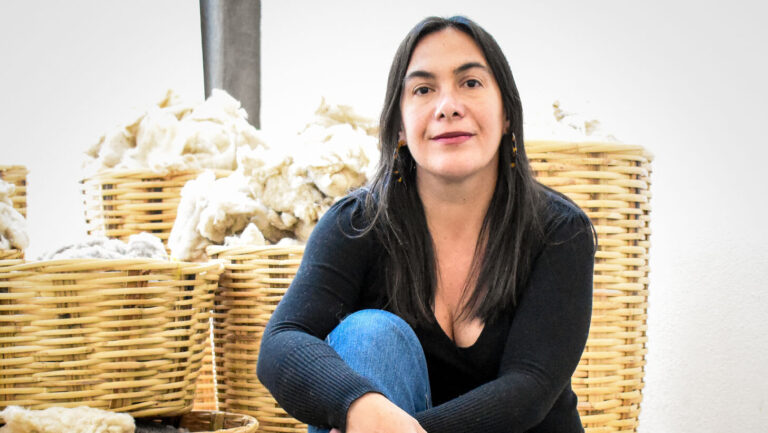Cromática
On exhibit through May 9516 ARTS516 Central Ave. SWArts Interview: The Sweet Sound Of Color
Tania Candiani’s Cromática


courtesy of the artist

courtesy of the artist

courtesy of the artist

courtesy of the artist

Clarke Condé








